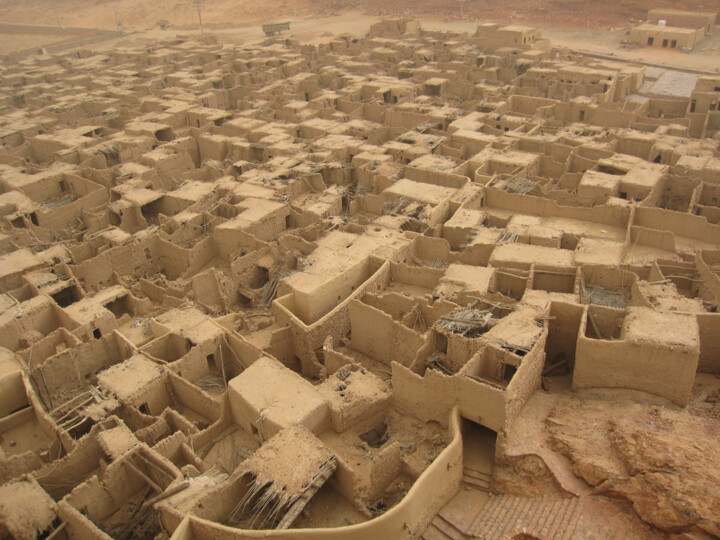 AlUla, Credit: SammySix via wikipedia
AlUla, Credit: SammySix via wikipedia
On Sunday, Laurent Le Bon, the president of the Centre Pompidou in Paris, signed an agreement with the Royal Commission for AlUla (RCU) to build a large museum for regional and international contemporary art in the country's northwestern desert. It will open in 2028–2029. Iwona Blazwick, an advisor to RCU on contemporary arts programming, says that the agreement includes technical training for museum workers in Saudi Arabia and the chance for artworks from the two institutions' collections to be shared.
Reports say that work on the museum has been going on since 2021, when French President Emmanuel Macron visited Riyadh, the capital of Saudi Arabia. It will have a lot of art from Southwest Asia, North Africa, and South Asia. It will have a wide range of mediums, with a focus on land art and new digital forms. The RCU will also hire Arab and other artists to make immersive installations and public art.
The Paris museum makes sense to work with the RCU because it holds the national collection of modern art. In recent years, the Pompidou has worked hard to spread its name around the world, with varying degrees of success. Since it opened in 2015, the Centre Pompidou Malaga in Spain hasn't met its attendance goals, and a branch in Shanghai didn't work as well during the Covid-19 lockdown. The Centre Pompidou is trying to make a deal with the Hanwha Foundation, which is the charitable arm of a South Korean business conglomerate. The deal would give the Hanwha Foundation the right to use the name "Centre Pompidou" for 20 million euros over four years. If the deal goes through, the money would bring in a lot of cash before the museum closes for three years to undergo major renovations that will start at the end of this year.
 Ancient city of al-'Ulā (Dīra sector), abandoned, Credit: Pteropus conspicillatus via wikipedia
Ancient city of al-'Ulā (Dīra sector), abandoned, Credit: Pteropus conspicillatus via wikipedia
The agreement is AlUla's latest cultural project with Saudi Arabia. AlUla has already worked with the Louvre, Riyadh's Misk Art Institute, the German Archaeological Institute, and Desert X, an outdoor biennial in California. The Saudi monarchy's big goal is to open more than 200 cultural attractions by 2030. This is part of an effort to change the Kingdom's economic and global image. Crown Prince Mohammed bin Salman has spent a lot of money on this plan. Tens of millions of dollars have been spent just on commissioning art for Wadi Al-Fann, an AlUla site that was once closed to tourists but is now called "the world's largest living museum." Officials from the Saudi government think that by 2035, the area will have 2 million visitors each year, with about 40% of them coming from other countries.


 Jean Dubreil
Jean Dubreil